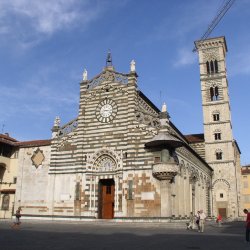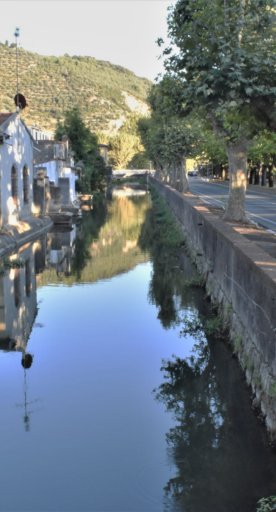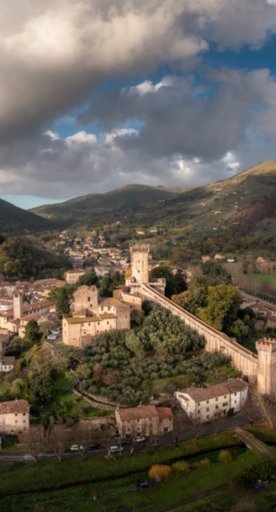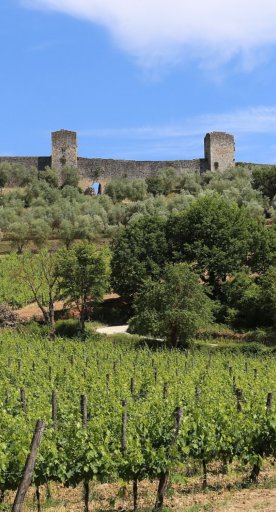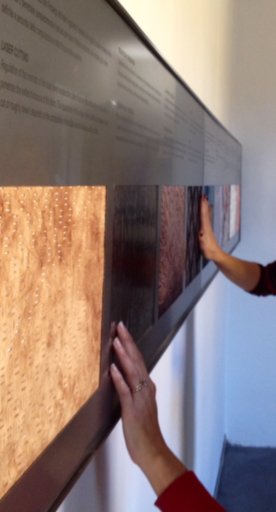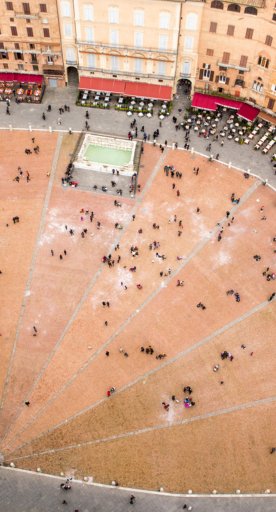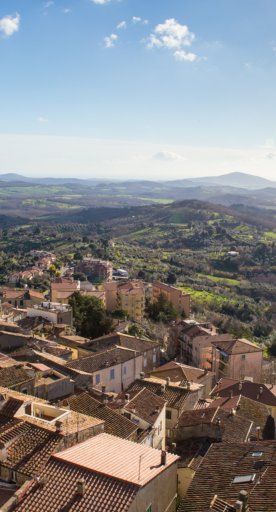

The places and personalities of music in and around Florence
Key figures and significant places in the history of Western music
A musical-historical journey to discover the significant places and personalities that have marked the development and success of music, in Italy and around the world. Starting from Florence that marks a number of milestones before broadening our gaze—and our ears—toward the neighboring territory, we encompass the entire Florence and Florentine Area.
-
1.The Camerata de’ Bardi
-
2.The Fortepiano
-
3.Maggio Musicale Festival
-
4.Honoring Francesca Caccini
-
5.Throughout the territory
The Camerata de’ Bardi
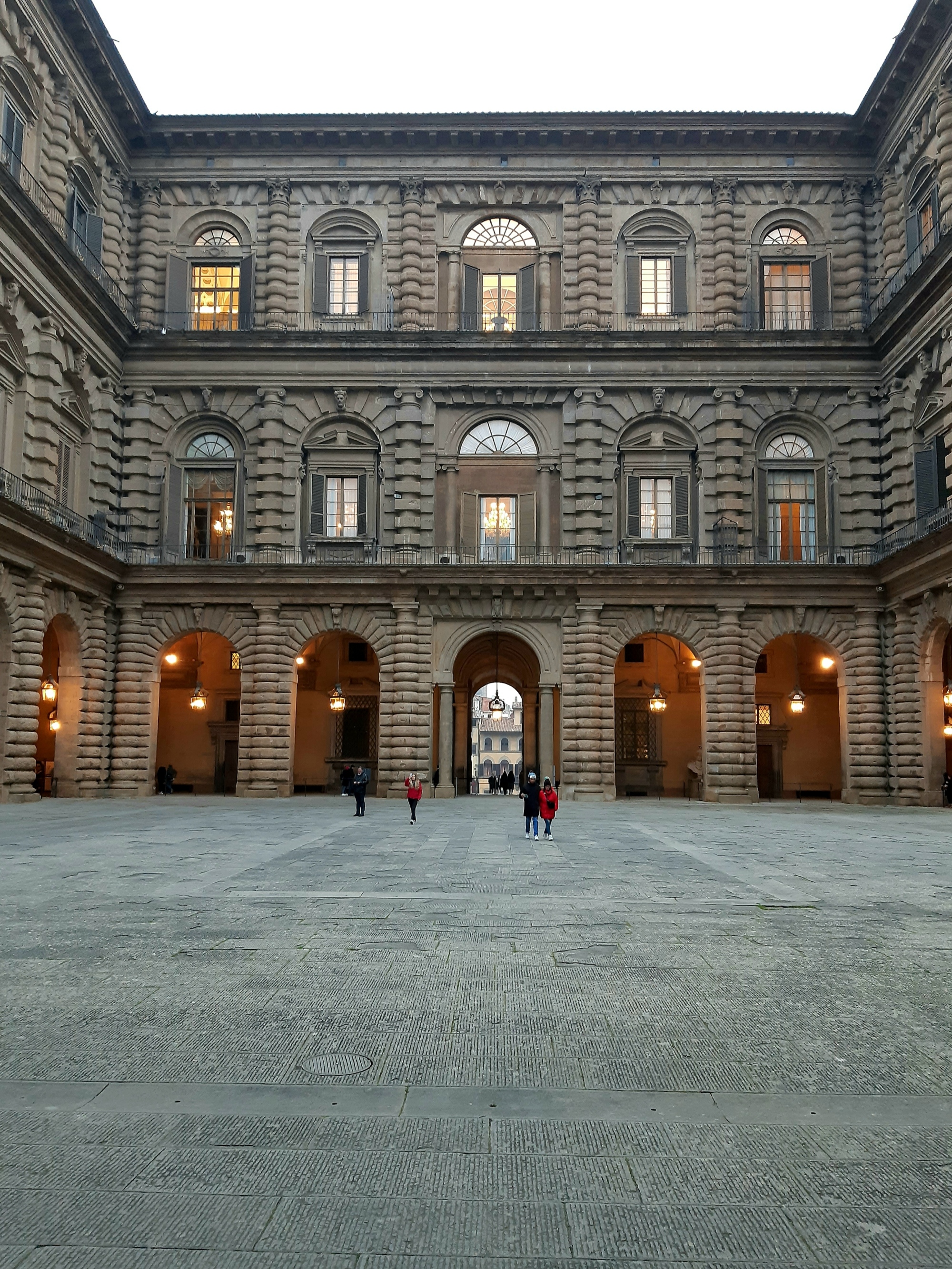
Florence is where a new form of musical theater was developed: melodrama. This development marked a milestone in the history of Western music, originating from the Camerata de’ Bardi, a group of nobles, writers and musicians who would meet at the Palazzo Bardi on Via de’ Benci. It was the 16ᵗʰ century and Girolamo Mei, Vincenzo Galilei, Giulio Caccini, Emilio de’ Cavalieri, Jacopo Peri and Ottavio Rinuccini were the artists who planted the first seeds that would blossom into melodrama, namely Apollo and Daphne, set to music by Jacopo Peri.
The official date of the development of melodrama has been established as October 6, 1600, with the staging of Eurydice at the Pitti Palace on the occasion of the wedding of Maria de’ Medici to Henry IV of France.
The Fortepiano
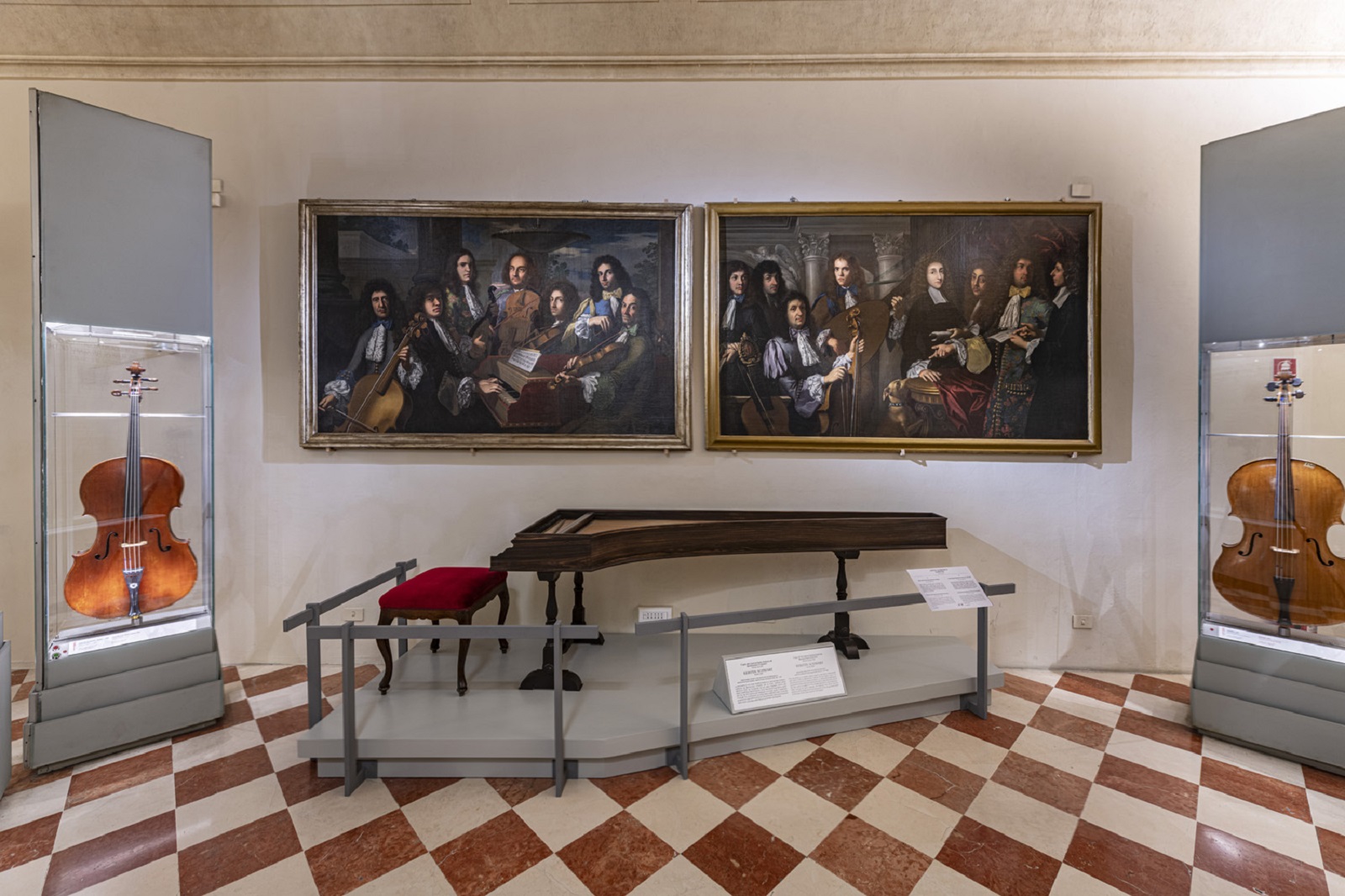
Yet again, it was in Florence where another important breakthrough in music was made. Around the year 1700, Bartolomeo Cristofori invented the forerunner of the piano, an instrument called the fortepiano. The instrument can be admired at the Musical Instruments Museum within the Accademia Gallery.
The little-known museum, housed within the famous Accademia Gallery, holds a collection of some 400 items dating from the 16ᵗʰ century to the contemporary age. Some belonged to Ferdinando de’ Medici, then there is the tenor viola of Antonio Stradivari and Bartolomeo Cristofori’s ebony harpsichord.
Maggio Musicale Festival
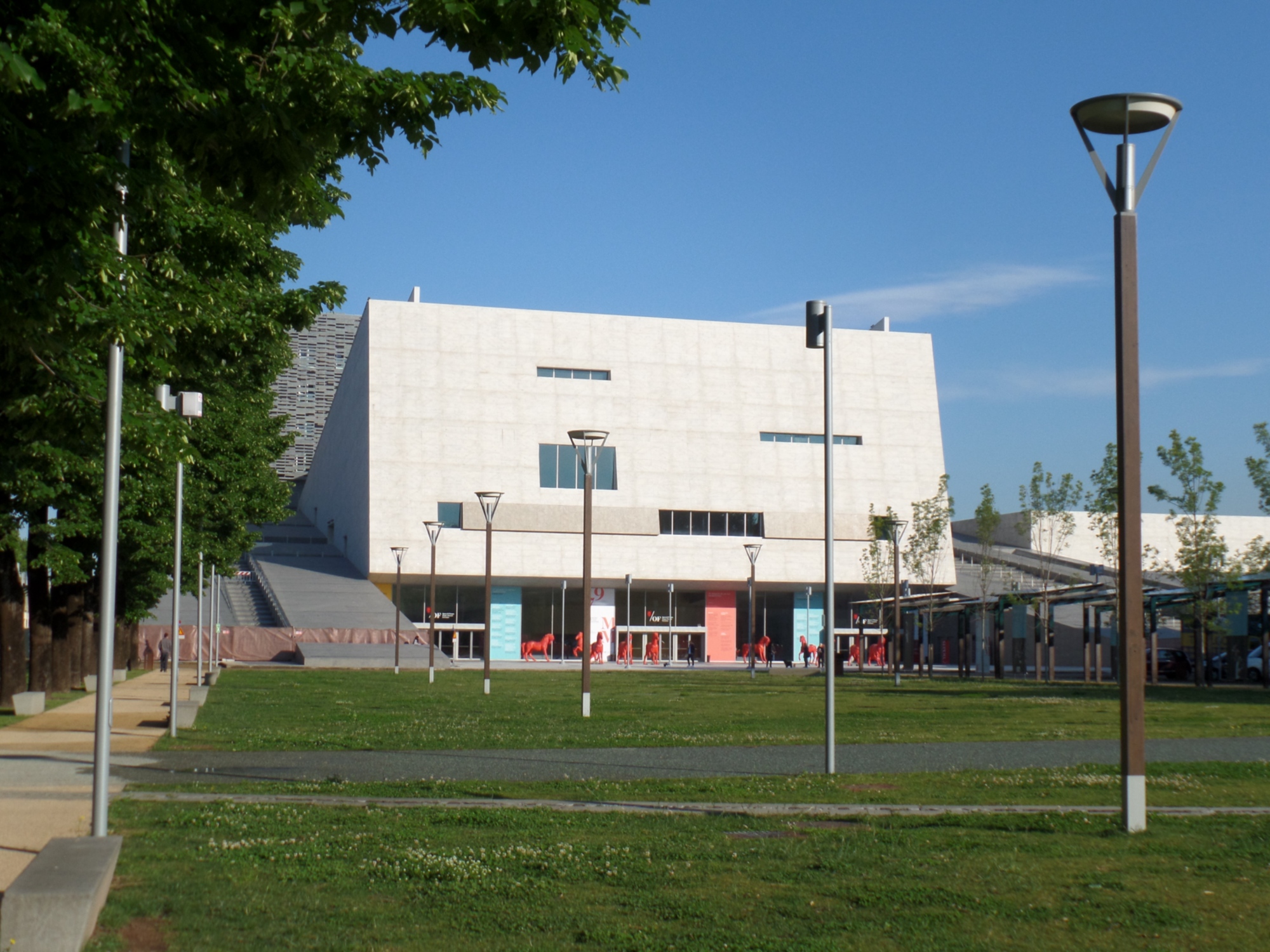
In more recent times (relatively speaking), Florence launched what is now Italy’s oldest music festival, the Maggio Musicale Fiorentino. It was 1933 and the creator was Vittorio Gui, who had already founded the Stabile Fiorentina Symphony Orchestra in Florence in 1928.
The Maggio Musicale Theater is still the location par excellence for those wanting to listen to excellent music in the city, both for the symphonic, concert and opera season, and for the Maggio Musicale Festival held in April, May and June (with this year being edition number 87).
Honoring Francesca Caccini
Speaking of music and opera, Florence also holds another record—albeit one that has entirely fallen into oblivion, as often happens with the achievements of women that are swiftly swept up with the dust of the years.
17ᵗʰ-century Florentine musician, Francesca Caccini, was the first woman ever to compose a highly successful opera. Francesca, daughter of Giulio Caccini—equally a “musician of his most serene highness the Grand Duke”—was also a singer and instrumentalist, hired into the court staff. Her play, dating back to 1625, was called Liberation of Ruggiero from the Island of Alcina. It was even taken abroad by Francesca herself and toured all the courts of Europe.
Throughout the territory
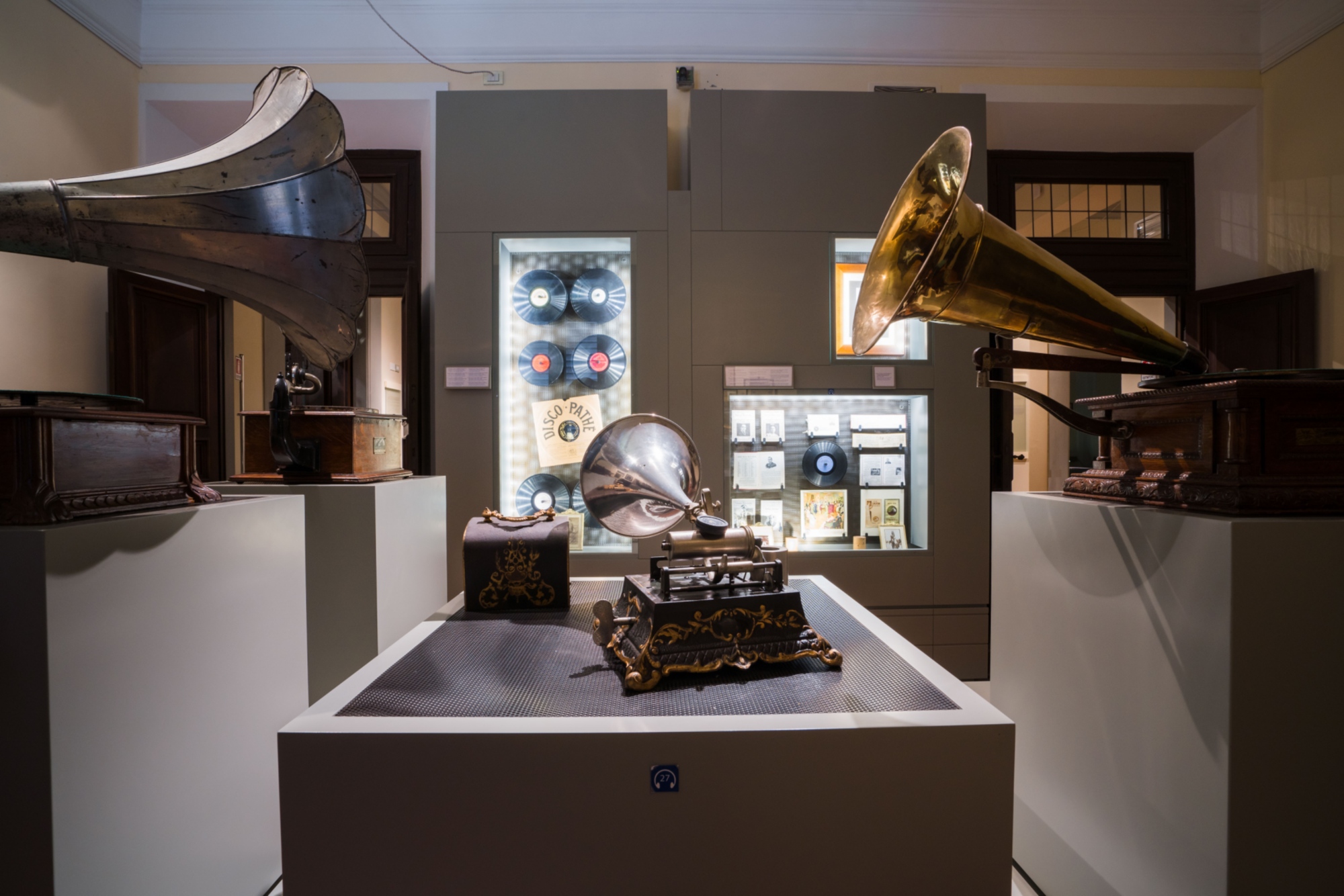
In such a musically rich city, it is no surprise that the melodic notes also extended to the surrounding area.
Ferdinando de’ Medici spent the autumn at the Villa di Pratolino, located in the municipality of Vaglia. On the third floor of the building, which no longer exists, the Teatro di Pratolino was established. Here, the Grand Duke would gather under his patronage the most famous musicians of the time for performances that were highly prestigious, with people coming from all over Europe to attend.
Staying in the territory, we encounter a true legend in opera: Enrico Caruso, the tenor acclaimed in the world’s greatest theaters, the first singer to record an album and a true forerunner of public tastes.
In Lastra a Signa, on the hill of Bellosguardo, you can visit what was once his residence during his time spent in Florence, when he purchased and had restored an ancient 16ᵗʰ-century mansion with its splendid park. Inside the Enrico Caruso Museum, you can listen to precious recordings of arias sung by the tenor, while observing memorabilia and objects related to this Italian star.
Finally is a name in the heart of Florence and its surroundings: Narciso Parigi. Born in Campi Bisenzio, he was a musical icon and author of the song “O Fiorentina,” the anthem of the local ACF Fiorentina soccer team.
Start your discovery





